Did you know the classic Windsor chair has been around since the early sixteenth century? There are verified records of a set of Windsor chairs being shipped from England to Pennsylvania in the mid-1720s. George Washington had 30 of them on the veranda at Mount Vernon.
There are a couple of backstories regarding the name Windsor chair. One is that the original chairs were produced in the town of Windsor. The other is they were named for Windsor Castle. The first story goes that the wheel makers in the area had a surplus of spindles and used them to create backs for simple chairs. The second story seems more fantastical in that it talks about a Georgian royal out on a jaunt who ran into inclement weather and sought shelter in the home of a peasant. Encountering a simple chair with a solid wood base and spindle back he was so transfixed by its construction, thereby transporting the idea back to Windsor Castle.
The popularity of the Windsor chair is such that it is estimated that roughly one-half of the wooden chairs in the world are Windsor style. The basic premise of a solid wood seat with a spindle back has been spun off into many variations. These versatile chairs have been adapted to fit all manner of uses. Everything from large benches to high chairs. They continue to be made and used due to their sturdy construction and timeless appeal.
The original English-style chairs are distinct from the American ones in that the seat is often thinner and without the saddle-type pommel. This was due to the much harder wood used in traditional English chairs. The legs also are set at narrower angles than American-made ones. There are differences as well in the style of stretchers used. American chairs tend to have H-shaped stretchers with two side stretchers and a cross stretcher.
Almost all antique Windsor chairs were painted. Often due to the multiple types of wood used to build them. The different types of wood were used for different parts of the chair based on their strength and flexibility. Well-made Windsor chairs require no glue as the construction of the chair itself is what holds it together. An old Windsor chair with its original paint can be quite valuable depending upon the maker and the chair’s provenance.
Here’s a quick primer on various styles of Windsor chairs to help you get started as well as links to more information. This is by no means a complete list. I’m sure as you familiarize yourself with these muti-functional chairs you will begin to spot other styles throughout your travels.
All photos above are from A Windsor Handbook by Wallace Nutting, 1917
A few websites with more info on Windsor chairs:
Wikipedia: Windsor Chairs
The Magazine Antiques: Object Lesson: All About the Windsor Chair
Incollect: A Guide to 18th Century Windsor Chairs
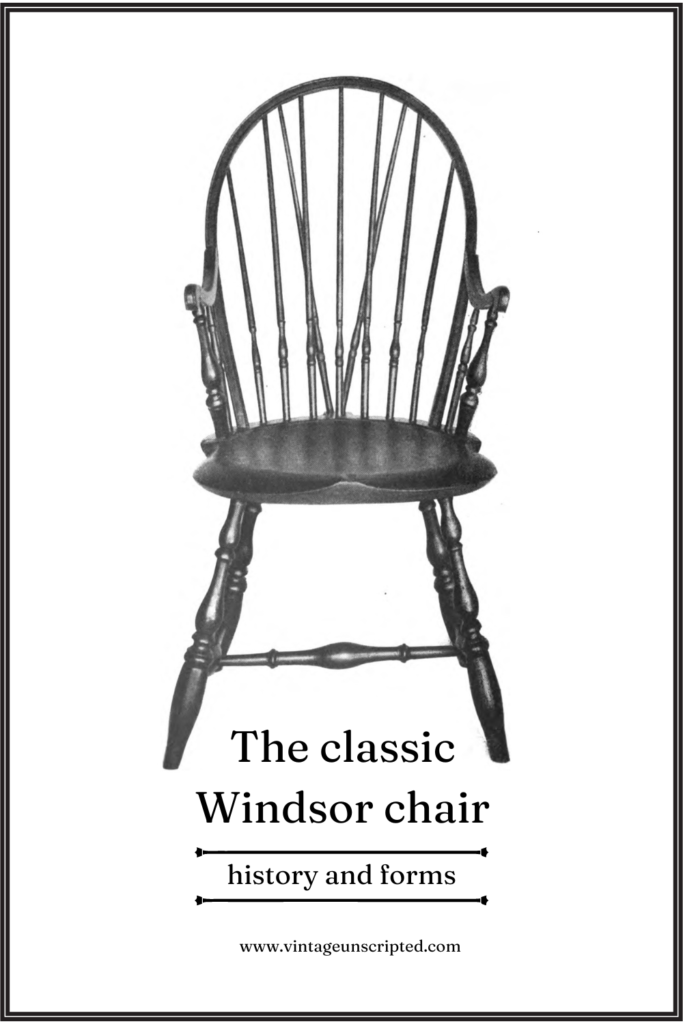

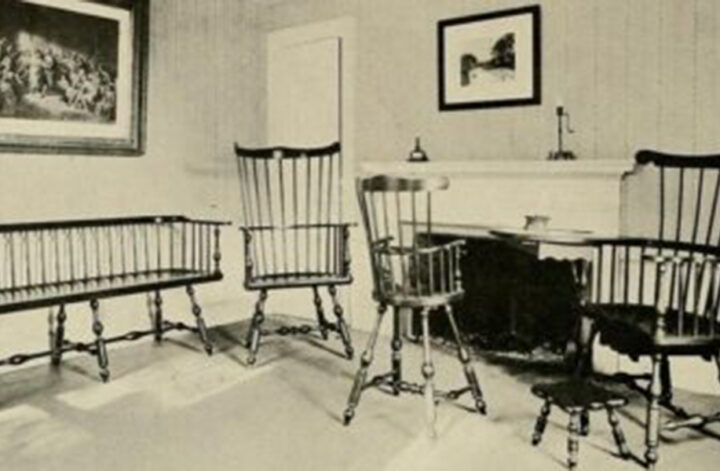
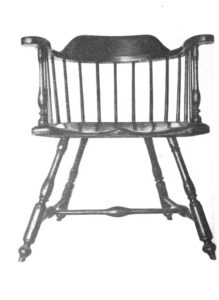

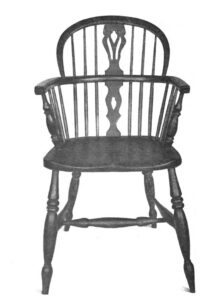

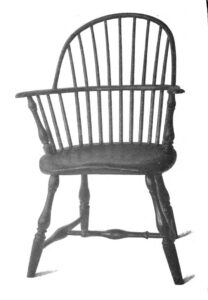
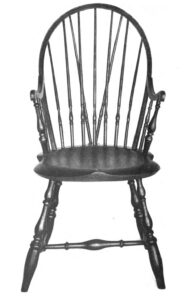

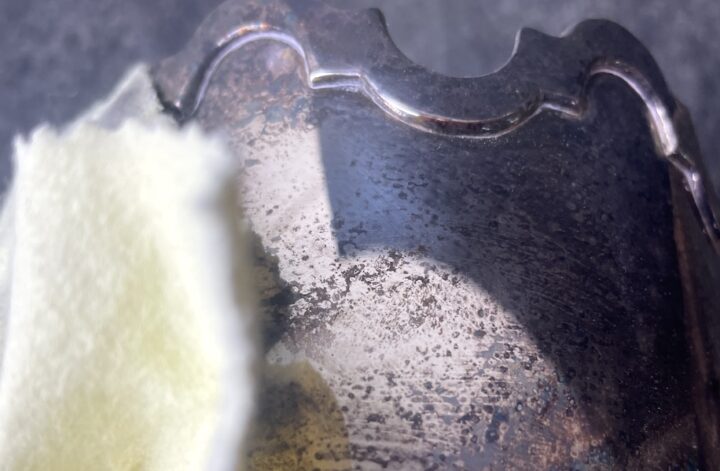

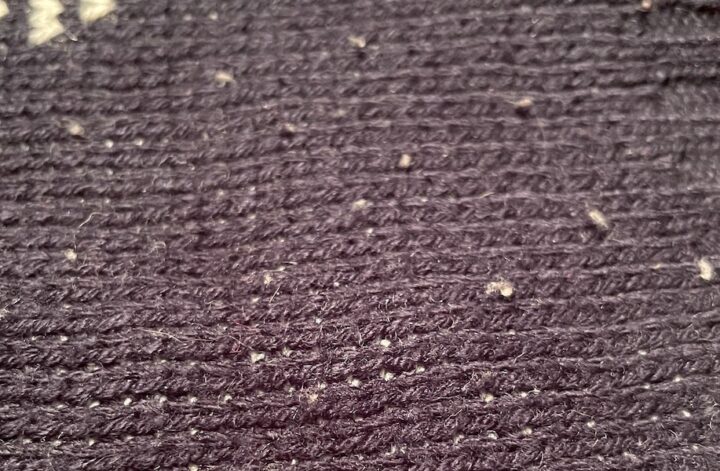
2 comments
Interesting history, Pam. We have six Windsors around our dining room table, one sack back that’s a true antique, and five that have made it to vintage since we bought them at the Pottery Barn back in the 90s. I guess that proves the style really is a classic!
Thanks Linda, I have five. Four vintage weathered Ethan Allen chairs around my dining table and one very old sack back in my living room. I do love them.